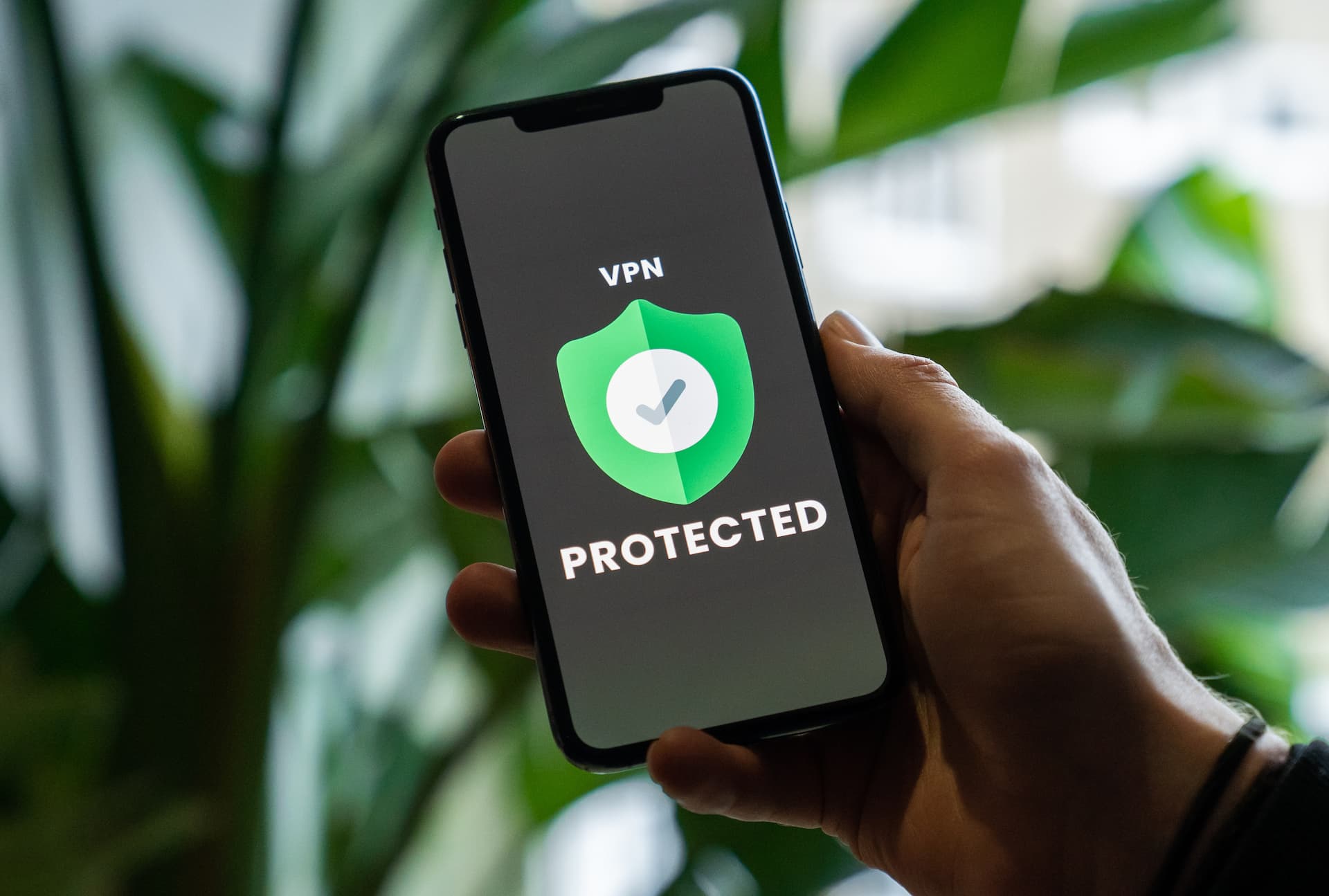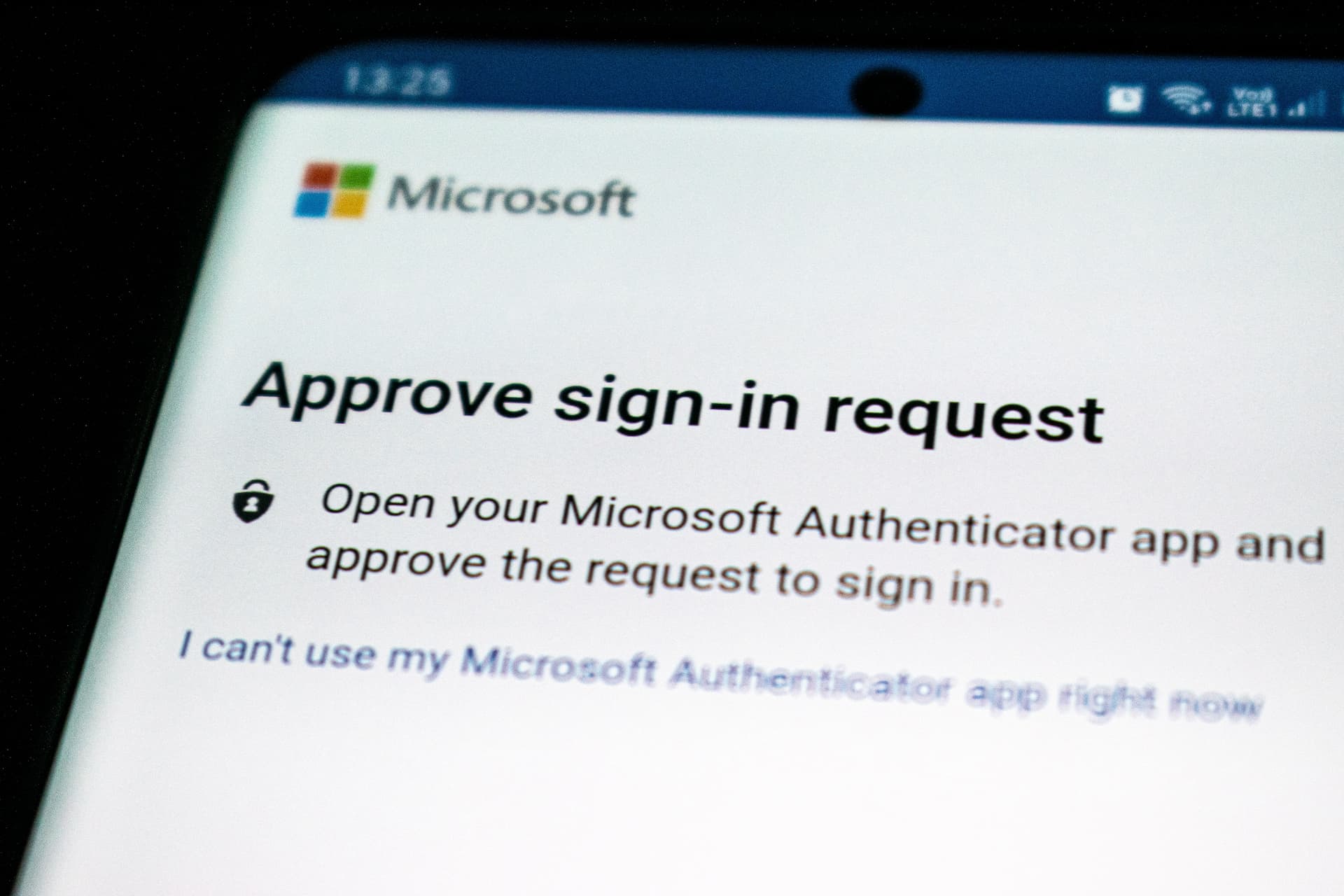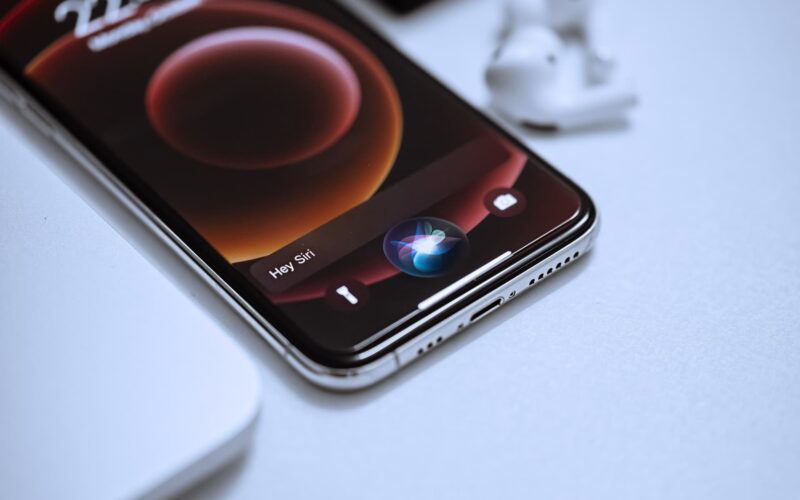In a world where our smartphones are used for everything from checking the weather to keeping up with social media, it can be difficult not to become addicted. And don’t forget, all of those updates and texts come at a cost – our phones are constantly under siege by malware and hackers.
So how can you protect your phone? Here are Guard.io’s ten tips for staying safe in today’s digital age:
1. Give your Google account privacy checkup

It’s no secret that Google has a lot of information about us. The company has been criticized for collecting too much user data. However, you can take some steps to limit how much information Google has on you.
- Go to your Google account’s “Security” page. From here, you can see all of the devices that are logged into your account and any recent activity. If you see any devices or activities that you don’t recognize, click on them for more information.
- Next, click on “Apps with account access.” This will show you a list of all the connected apps to your Google account. If you see any that you don’t recognize or don’t use anymore, click on the app and then select “Remove.”
- Finally, scroll down to the “Account Permissions” section and click on “Manage your Google activity controls.” Here, you can choose what information gets saved to your account. For example, you can turn off location history and web & app activity if you don’t want Google to track where you go or what you search for.
2. Enable Find My Device
If your phone ever gets lost or stolen, Find My Device can help you locate it. The feature is built into Android, so there’s no need to download anything.
- In the Settings app, select Security & location.
- Scroll down and tap on “Find My Device.”
- Make sure that the toggle is turned on.
3. Use a VPN

A virtual private network (VPN) is a fantastic method to preserve your online anonymity. Your computer is assigned an IP address when you access the internet. Scammers can use this address to track your location and online activity.
When you use a VPN, your computer is instead given the IP address of the VPN server. This makes it much harder for websites and advertisers to track you online. In addition, a good VPN will encrypt your traffic, making it impossible for anyone to snoop on your activity.
4. Keep Sensitive Notification off Your Lock Screen
One of the most convenient features of smartphones is the ability to see notifications on the lock screen. However, this convenience can also be a security risk. If you have sensitive notifications enabled, then anyone who picks up your phone will be able to see them.
To disable sensitive notifications on Android, go to Settings -> Security -> Show secure notifications. On iOS, go to Settings -> Notifications -> Show Previews and choose “When Unlocked.”
5. Don’t Install Suspicious Apps.
Be cautious about what apps you install on your phone. Many malicious apps are designed to look like innocent ones. Others are masquerading as popular games or utilities.
If you’re unsure about an app, do some research before installing it. Look for reviews from trusted sources. If an app doesn’t need certain permission, it’s up to no good.
6. Use a secure messaging app.
There are several secure messaging apps available that offer end-to-end encryption. This means that your messages are only accessible to you and the person you communicate with. WhatsApp, Signal, and Telegram are all popular options.
7. Don’t store sensitive information on your device.
If you can, avoid storing sensitive information on your device. This includes things like passwords, banking information, and credit card numbers. If you must store this information on your phone, use a secure app or service.
8. Keep your software up to date.
One of the best ways to keep your device secure is to make sure you’re running the latest version of your operating system. Manufacturers regularly release security updates that patch vulnerabilities in their software.
To update your Android phone, open the Settings app and go to “System -> Advanced -> System update.” On iOS, open the Settings app and go to “General -> Software Update.”
9. Use Strong Passwords
Choosing strong passwords for your accounts is critical if you’re not using a password manager, choosing strong passwords for your accounts is critical. A strong password should be at least eight characters long and contain a mix of upper- and lower-case letters, numbers, and symbols.
10. Use Two-Factor Authentication

Two-factor authentication is an excellent method to add another layer of protection to your online accounts. With this enabled, you’ll need to enter a code from your phone in addition to your password when logging in. This makes it far more difficult for someone to access your account.
To enable two-factor authentication on Google, go to account settings and click on “Security.” Scroll down to “Signing in to Google” and click on “2-Step Verification. Go to your account settings on Facebook, click on ” Click “Edit” under “Two-Factor Authentication.”
Smartphones are a ubiquitous part of our lives, and as such, they’re increasingly becoming a target for hackers and cybercriminals. By following the tips above, you can help keep your device safe from harm.




